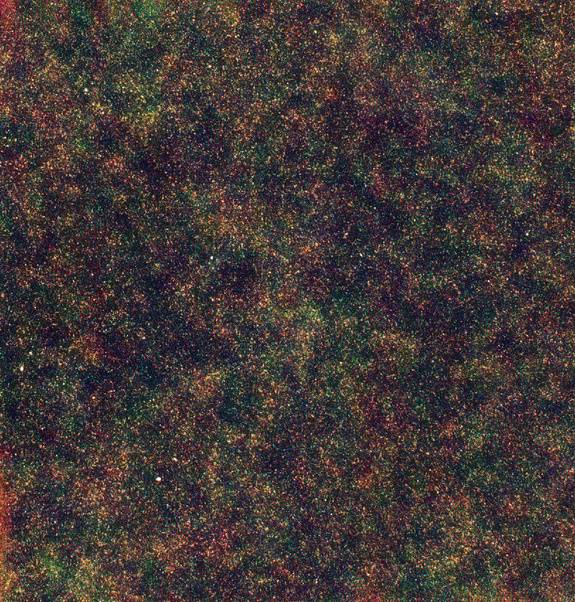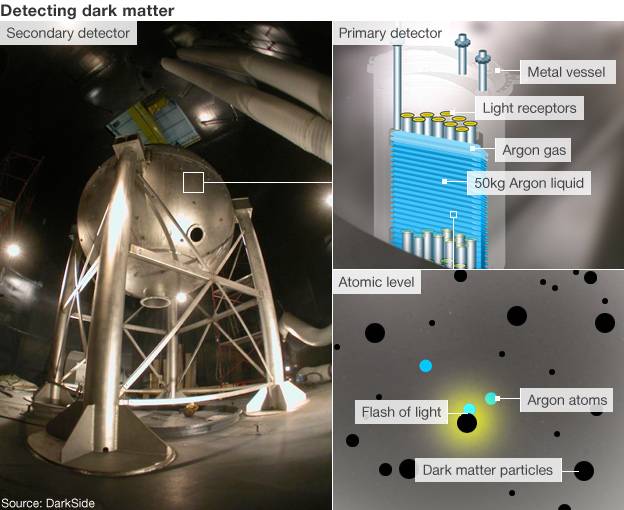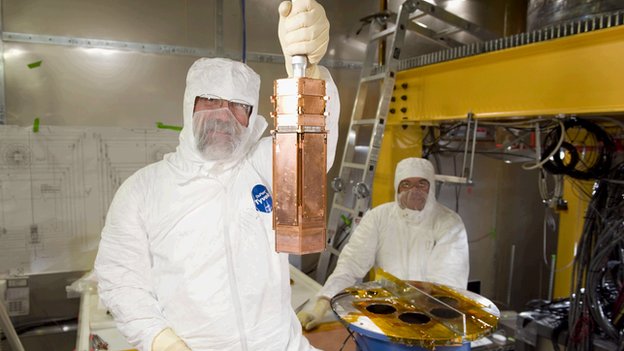Robert_Stephens
Rookie
- Banned
- #1

How Much Dark Matter?
How Much Dark Matter Do Some Galaxies Need? 300 Billion Suns | Dark Matter, Dark Energy | Strangest Things In Space | Space.com
It appears, what they are calling dark matter, is now being estimated to run at about a mass of some 300 billion sun size volume.
Active galaxies show the way
Star formation is especially high within so-called submillimeter galaxies, which are some of the most active stellar cradles in the 13.7-billion-year-old universe. (The galaxies get their name from the emissions we detect from them as they rapidly move away from Earth. The wavelength of the emissions is less than a millimeter long.) In these old, bright galaxies, new stars are created at the rate of up to a few thousand per year. By comparison, the Milky Way produces about 10 stars annually.
"These are the galaxies that formed when the universe was about 2 or 3 billion years old," Cooray said.
After measuring the brightness of the galaxies within the patch of sky, the researcher calculated the minimum dark halo mass needed to develop and sustain a submillimeter galaxy when the universe's star formation was at its peak.
That number, 300 billion solar masses, is substantially less than previous estimates.
"There could be many reasons for this," Cooray said. For example, "it could be that there are more galaxies in the universe actively undergoing star formation than assumed by current simulations."
Or it could be something else entirely.
Whatever the cause, the link between halo mass and star formation will require another look at current theoretical models for these ancient star-forming galaxies, as well as galaxy formation and evolution as a whole, researchers said.
I find this quite compelling in that it is still a postulate, but plausible since there is no other models to work with.
Comments welcome.
Robert




